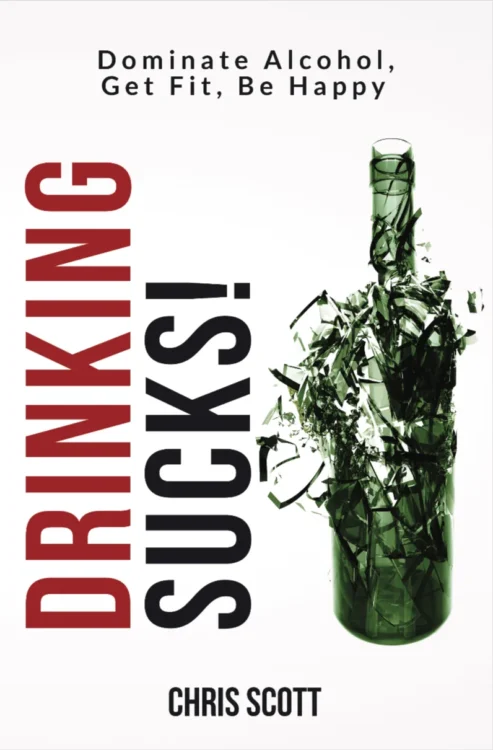There’s a huge disconnect between what most people do in the gym and what they think they’re doing, especially when counting reps. It’s very rare to see a person in the gym who’s giving 100%, and a lot of the problem is psychological rather than physical.

Give a person who’s about to reach “failure” on bench press a bit of help by grabbing the bar, and suddenly they bust out 5 more reps. They think you’re helping – but you’re not doing anything physical. You’re providing the illusion of help, and something clicks in their mind and they suddenly decide to do the work.
Small psychological manipulations can have a big impact on lifting performance. Over time, a few more repetitions for each set adds up to visible gains.
One solid method I’ve used to improve my lifts is to change the way I count reps. This idea might seem like fitness semantics. Don’t underestimate the power of psychology – a little tweak in how you perceive the work you’re doing can definitely add up.
Most people count reps forward, starting with “one” and ending with however many reps they plan to do. Try these three methods instead and I guarantee you’ll stick with one of them going forward.
1) Split the total number of reps into thirds
This is currently the way I do it: If I’m doing a set of 8, I’ll count “1, 2, 3” twice and then “1, 2” at the end. If I’m doing a set of 10, I’ll count to four twice and then have just two at the end.
By narrowing my focus, the set seems to go by much quicker. The first third is always easy, the second third isn’t too bad, and the last third is technically the toughest but usually there are only two left. Who can’t do two or three at any given time? By contrast, measuring from the first to the tenth always seemed like a lot of work and often I’d be tempted to stop at the 8th or 9th one. “Nine is a lot, I’m ok with that.”
So in short this method keeps me from backing down like a sissy.
2) Count backwards
I know a lot of people who prefer to start with the number of reps they want to do and then count backward. As the number gets smaller instead of bigger, the set seems like less of a chore. Moreover, how could you possibly let yourself stop at 3 or 2?
There’s no rational explanation for why this works, but I used to use this method and often found myself doing extra reps at the end.
3) Forget counting and push until failure
Muscles don’t care how many you do. They only respond to the stimulus of the weight, and it’s arguable that counting confines us to doing less than we could otherwise.
If you haven’t tried this, put on a weight you’ve used before and have someone else count while you simply focus on your exertions. You’ll probably be surprised with how many you actually do.
The only reason I don’t use this method is because I know that I’m pushing to failure. So does the person who’s spotting me, who sees me nearly drop weight on myself before I push out two or three more and reach the infamous sticking point.
I tend to increase weight so often that I often don’t reach the number of reps I’m aiming for. I prefer to set the bar high and fail, rather than keep the task easy and never grow.
Ultimately, what’s more important than rep counting is how much work you’re actually doing. If you’re like most people I see in the gym on a daily basis, your problems will be solved by upping the weight and getting a spotter who calls you out when you decide to tap out early.
I have a friend who “fails” suddenly, in the middle of a lift, and it’s the most embarrassing and emasculating display whenever it happens. When you reach failure, it should be after a long struggle – if you don’t look like a lion fighting off six alligators, you’re not lifting hard enough.
Or maybe you just need a new workout regimen.
Author
-
A decade+ addiction-free, Chris Scott, the visionary founder of Fit Recovery, passionately guides Fit Recovery 2.0 Members toward a vibrant, healthier lifestyle. Through the integration of groundbreaking nutritional strategies, transformative reframing techniques, neurolinguistic programming, and dynamic pro-recovery habit systems, he inspires individuals to boldly take charge of their lives and break free from alcohol. Chris is celebrated as a Professional Member of the Alliance For Addiction Solutions. Moreover, he is the proud author of the bestselling book "Drinking Sucks!" which stands as a vital beacon of hope for those yearning to quit drinking. Additionally, he created the celebrated online program Fit Recovery 2.0, designed to provide unwavering support for individuals embarking on their recovery journey.
View all posts Fit Recovery Founder & Director










The first method the best because it keeps a tempo.
forgetting tempo is great for finding weakness in your form and seeing how well of a contraction you can pump out, when the weight feels good method 3 is effective
the first method is easier to remember 5 sets of 3 is 15 get to 21-24 pretty quick
3,6,9 secret to the universe – nikola Tesla